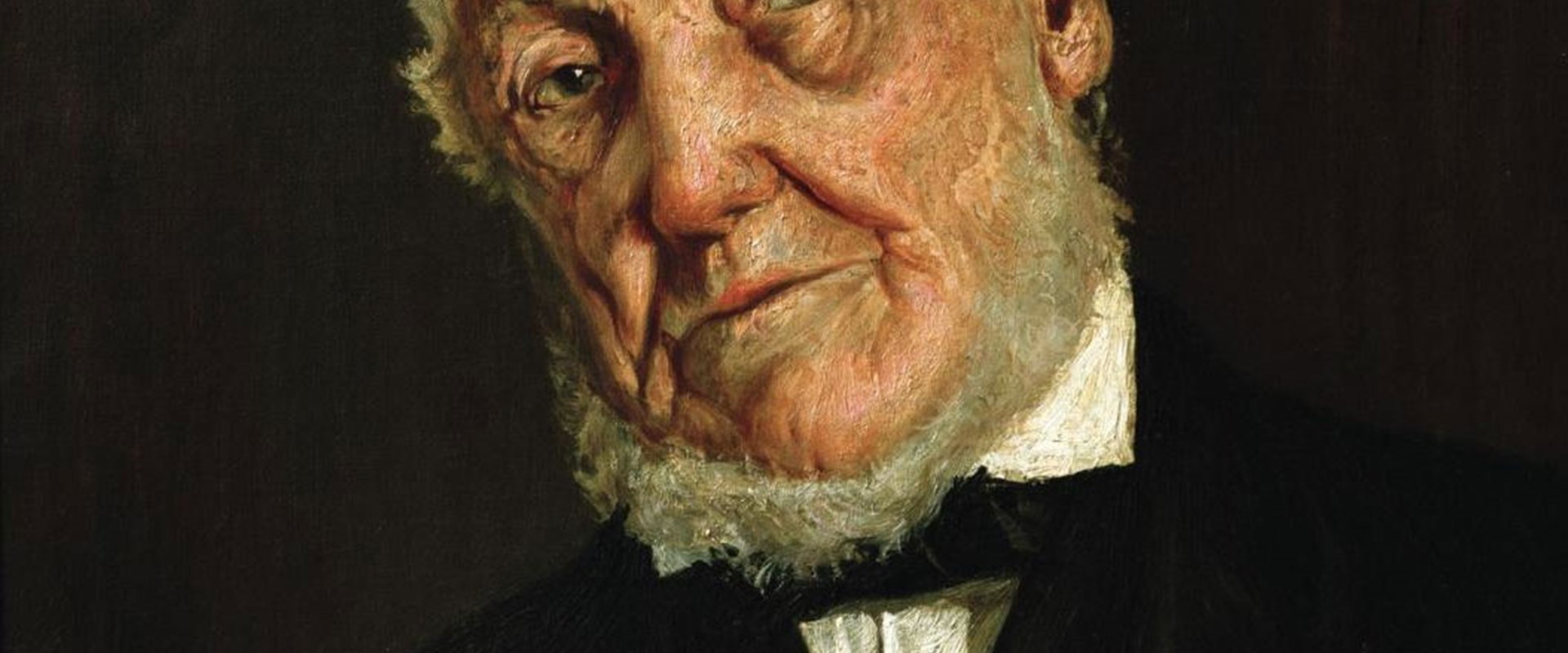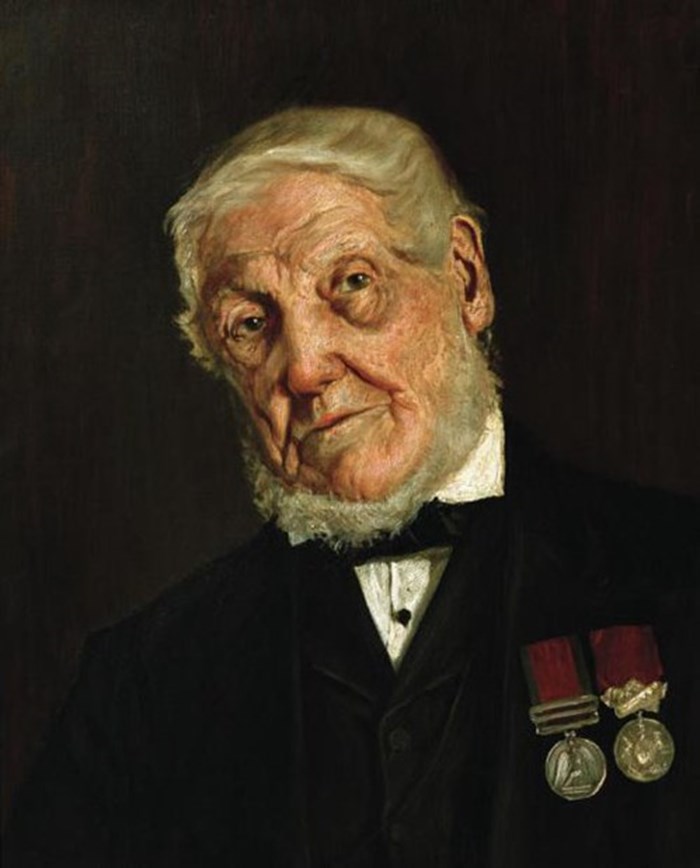Key in a search term below to search our website.
Key in a search term below to search our website.

John Dickson was a Paisley weaver who joined the army in 1807. As a 26 year-old corporal in the 2nd (or Royal North British) Dragoons, the regiment better known as the Scots Greys, Dickson rode in the famous charge of the Union Brigade at Waterloo.
Painted by
Unknown artist
Medium
Oil on canvas
Dimensions
Height 540mm, width 437mm unframed
Museum reference
On display
Active Service, Gallery 6, National War Museum
Did you know?
When John Dickson retired, he lived in Crail in Fife and was the focus of their annual 'Waterloo Day' celebrations.

Portrait of Sergeant-Major John Dickson, Unknown Artist © National Museums Scotland
John Dickson was a Paisley weaver who joined the army in 1807. As a 26 year-old corporal in the 2nd (or Royal North British) Dragoons, the regiment better known as the Scots Greys, Dickson rode in the famous charge of the Union Brigade at Waterloo.
Painted here later in life by an unknown artist, John Dickson was a well-known Waterloo veteran. He retired from the army in 1834. Working as an innkeeper and part-time drill instructor to the local yeomanry cavalry regiment he lived in Crail, Fife where he was the focus of annual ‘Waterloo Day’ celebrations. On one of these occasions, in 1855, Dickson’s recollections of the battle were written down and later published by historian Edward Bruce Low.
In the portrait, Dickson is wearing his Waterloo Medal and the Army Long Service and Good Conduct medal. Both had been altered for him, by the addition of an unofficial clasps inscribed ‘Waterloo’ on one and a crossed cannon suspender on the other.
Dickson’s medals are displayed next to the painting. Also on display is a 1796 pattern heavy cavalry sword marked to the 2nd Dragoons, which is said to have been carried by Dickson in the charge at Waterloo.